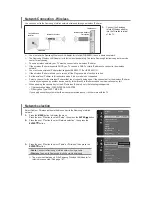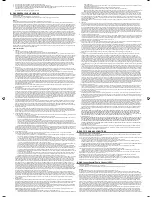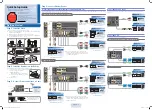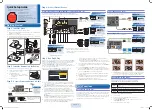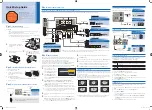
CF 126
47
Nov 2001
Reply "
00000."
Remarks
Since this channel generates no track, peak or valley data values, this command
always returns 0. This command is not available on the DFI 1550.
FH
Write DAC Control Value
Purpose
To control the channel's Digital-to-Analog Converter (DAC) manually or automatically.
Usage
"#aaccFHn
↵
"
# is the 'pound' or 'hash' character (ASCII decimal 35).
aa is the two-character instrument address.
cc is the two-character channel number
n is the argument defined below.
↵
is the 'carriage return' character (ASCII decimal 13).
Argument
"AUTO" returns the DAC to its normal automatic operation (power-on default). That is,
it is controlled by the "DAC. CHANNEL", "DAC. SOURCE", "DAC. ZERO-SCALE" and
"DAC. FULL -SCALE" menu items.
If the argument is a numeric value between -1 and +1, the DAC is forced to manual
control and the value is used to drive the DAC from -100% to +100% of its output.
Example
"#0009FH. 5
↵
" will set channel 09's DAC to +50% of its full scale.
Reply
"OK" or "ERROR"
Remarks
You might wish to force a channel's DAC to a certain output to help calibrate the
attached data acquisition system or other device.
RM/WM
Read/Write DAC Channel & Value
Purpose
Reads or writes the channel's "DAC. CHRNNEL" and "DAC. SOURCE" menu items
Usage
"#aaccRM
↵
" to read, "#aaccwMn
↵
" to write.
# is the 'pound' or 'hash' character (ASCII decimal 35).
aa is the two-character instrument address.
cc is the two-character channel number.
n is the argument defined below.
↵
is the 'carriage return' character (ASCII decimal 13).
Argument
A number that selects a channel's value. This number is created by adding together
the values of the desired options as shown
Channel Value Source Value
01 1. TRACK 0.
02 2. PEAK 16.
03 3. VALLEY 32.
04 4.
05 5.
06 6.
07 7.
08 8.
09 9.
10 10.
11 11.
12 12.
13 13.
14 14.
15 15.
16 64.
17 65.
18 66.
19 67.
20 68.
21 69.
22 70.
23 71.
Example
"#000BRM33
↵
" will cause the channel 08's DAC to monitor channel 01's valley value.
Reply
When writing: "OK", "ERROR" or "N/A".






















